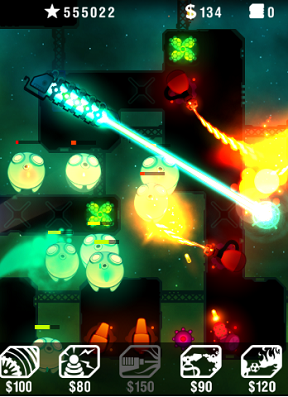

A total of 79 hop channels are used, with channel spacing of 1MHz and two-level frequency-shift-keying (FSK) modulation. The system incorporates a frequency-hopping spread-spectrum (FHSS) scheme to share the spectrum among multiple users and to legally occupy the band if the radio-transmit power exceeds 0dBm (1mW).
RF CONNECTION RADIANT DEFENSE BLUETOOTH
The Bluetooth system operates more or less in the unlicensed industrial-scientific-medical (ISM) band from 2400MHz to 2500MHz, with slight variations throughout the world. The SIG called the short-range wireless connectivity solution "Bluetooth" after the tenth-century king who united Denmark. In May 1998 the SIG publicly introduced the new wireless connectivity solution. The consortium was formed to establish a de facto standard for the air interface and the system software, and to promote the technology.
RF CONNECTION RADIANT DEFENSE PORTABLE
In 1997 Ericsson approached other manufacturers of portable devices to raise interest in the technology, and in 1998 a special interest group (SIG) comprised of companies from the mobile telephone and computer industry (Ericsson, Nokia®, Intel®, Toshiba®, and IBM®) was created. However, for the system to succeed, a critical mass of industry support was necessary. An inexpensive short-range radio technology would make communications between portable devices economically feasible. As work on the new wireless link progressed, it became clear that there was no limit to the kinds of applications that could use a short-range radio link. Initially, the link was called the multicommunicator (MC) link. 1 The intent of the radio interface was to eliminate cables between mobile telephones and personal-computer (PC) cards and headsets. In contrast to traditional design techniques, the MAX2240 power amplifier (PA) for long-range Bluetooth applications features integrated power control, comes in an ultra-small package at low cost, and requires a minimum number of external components.Įricsson Mobile Communications AB (Lund, Sweden) initiated a study in 1994 to investigate the feasibility of a low-power, low-cost radio interface between mobile phones and their accessories. Introductionīluetooth applications in the high-power 100m range require an amplifier capable of 100mW of output power at 2.4GHz. This integrated design meets its goals for performance and cost in support of class-1 long-range Bluetooth transmissions.


 0 kommentar(er)
0 kommentar(er)
